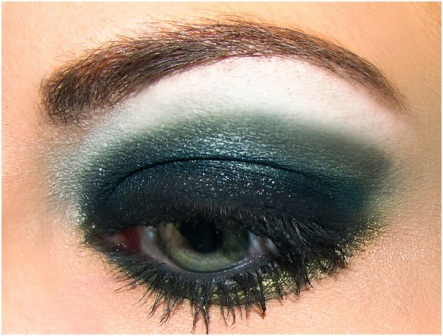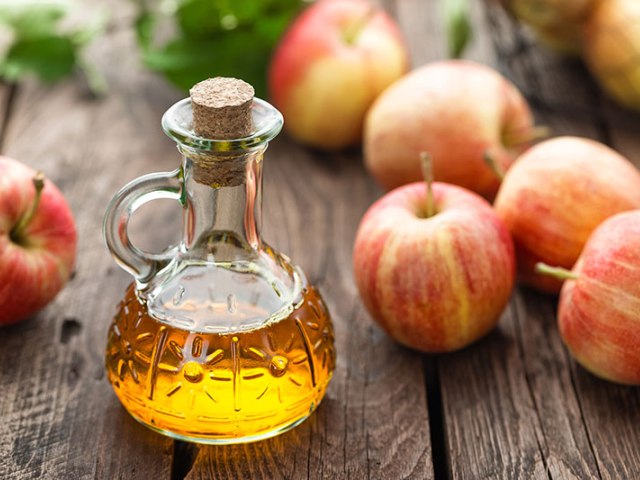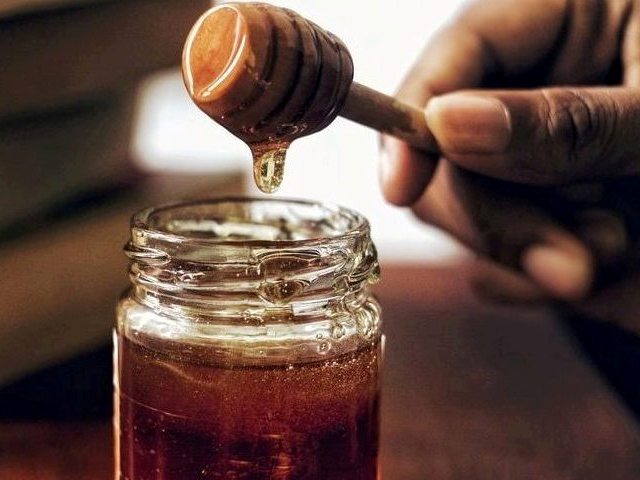Evolution of cosmetics legislation over the last century
Modern day cosmetics are derived from both natural and man-made chemical compounds. They are generally classified as substances created to change the superficial look or smell of an individual without altering the person’s permanent physique. Cosmetics manufacturing processes have evolved from concocting primitive products in small perfumeries to mass producing complex mixtures that contribute to today’s multi-billion pound industry. Cosmetics companies have mostly flown under the regulatory radar for many years. Egregious safety issues regarding cosmetics use inspired the current regulations that govern the industry.

The Food and Drug Administration’s (FDA) Regulatory Role for Cosmetics
While many believe that the FDA regulates the cosmetics industry through the enforcement of the Food, Drug, and Cosmetics Act of 1938, the extent of the regulation is extremely limited. The FDA regulates only the colours and dyes used within cosmetics products. This relates back to a very sad story about a woman named Mrs. Brown who used a cosmetic product back in the early 1930s that promised her luscious looking eyelashes and instead delivered her pain and permanent blindness. According to the research done by the watch dog organisation Environmental Working Group (EWG), the FDA does not review nor approve the majority of cosmetic products that reach the market.
Specific Legislation Impacting Cosmetics
The Food, Drug, and Cosmetics Act is the only official regulation governing the cosmetics industry in the U.S., but it covers only the use of colours and dyes within cosmetic products. There is, however, an inter-agency coordinating committee initiated by the FDA that seeks to ban the testing of cosmetics on animals in response to environmental groups and animal rights advocates. The Cosmetic Product (Safety) Regulations 2008 govern the manufacture and import of cosmetic products within the United Kingdom, and the Cosmetics Directive 76/768/EEC controls the sale of cosmetics within the European Union (EU). The EU is also concerned with the misuse of animals for cosmetics testing, and a ban on those activities are reflected in the latest amendment to the Cosmetics Directive.
Self Regulating Functions Of The Cosmetic’s Industry
Since the FDA’s Act does not mandate the submission of product ingredients lists or the registration of cosmetics manufacturers, consumers rely heavily on the industry to regulate itself. For example, popular cosmetics companies signed the Compact for Safe Cosmetics from 2004 to 2011 to voluntarily promise delivery of safer products. Additionally, the FDA established a voluntary registry of cosmetics suppliers that allows companies to provide a level of transparency to the government and consumers regarding product ingredients and packaging.
Conclusion
The skin is the body’s largest organ, and the type of cosmetics absorbed through the skin matters. Governmental regulations and more importantly industry self-regulating mechanisms like the Compact for Safe Cosmetics have served to make cosmetic products a little safer for the public. Additionally, cosmetics companies have responded to recent consumer demand by creating natural and organic cosmetic product lines.









